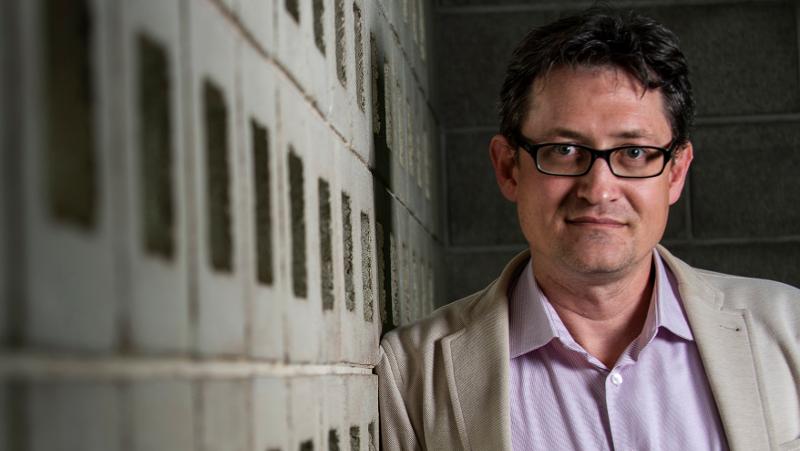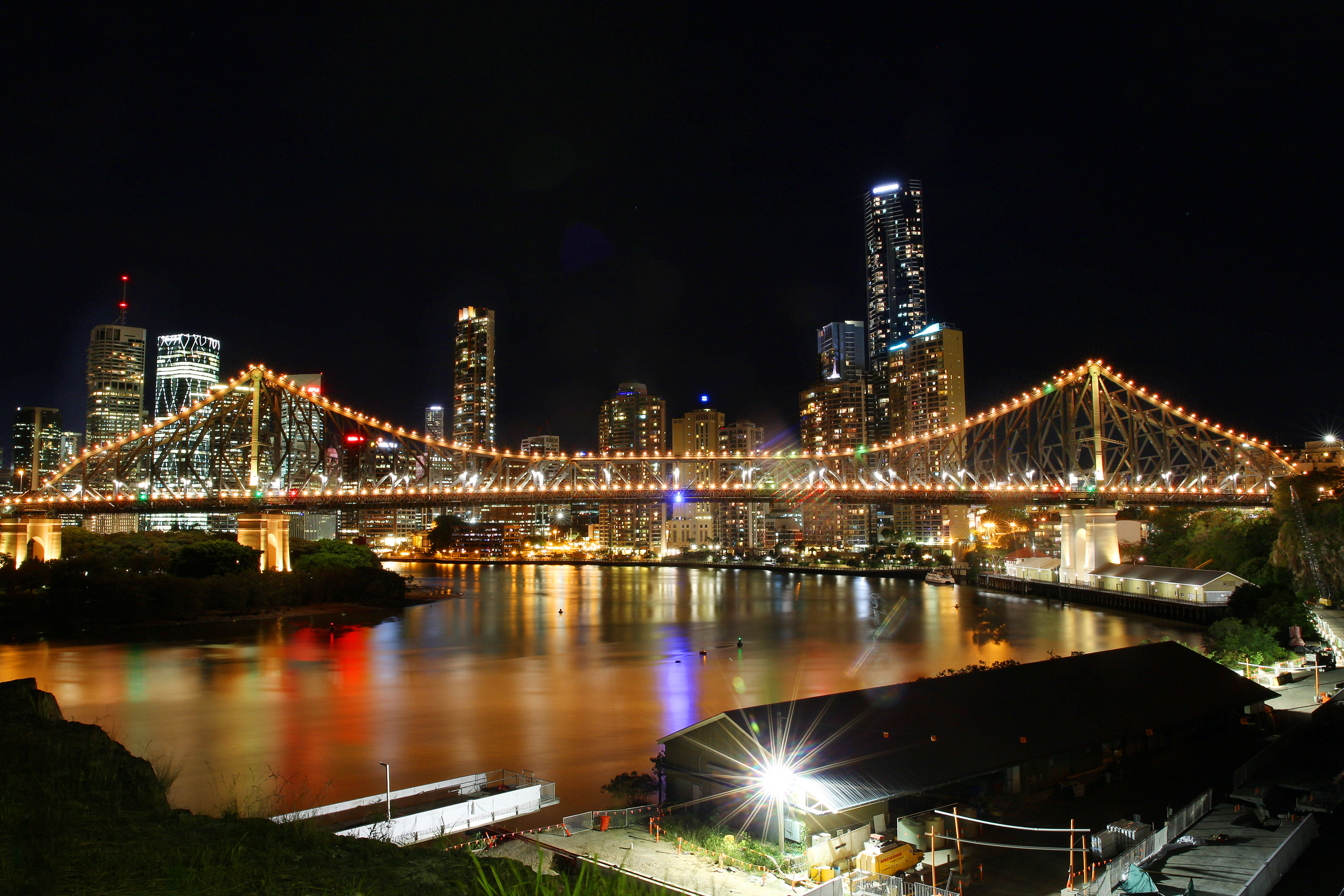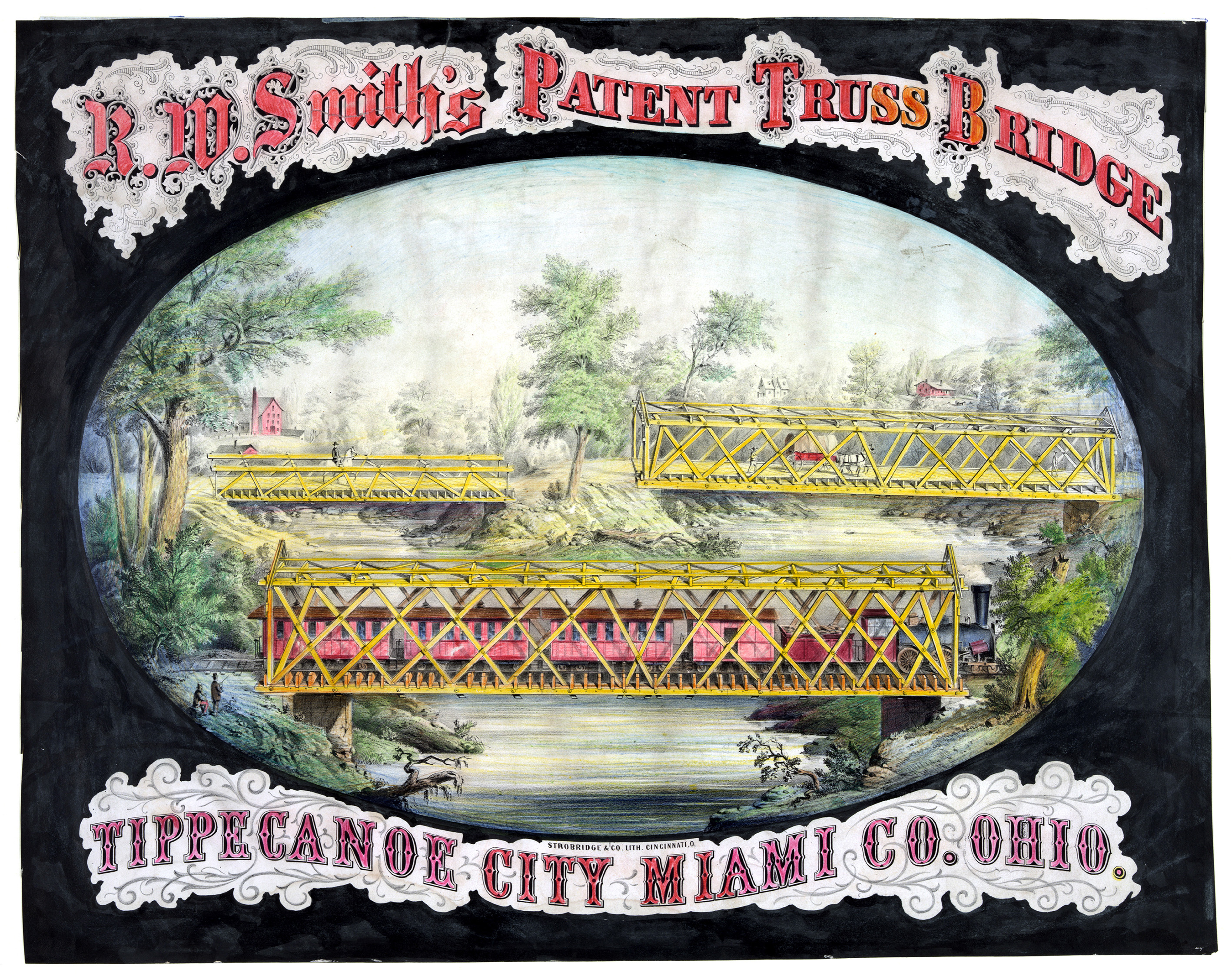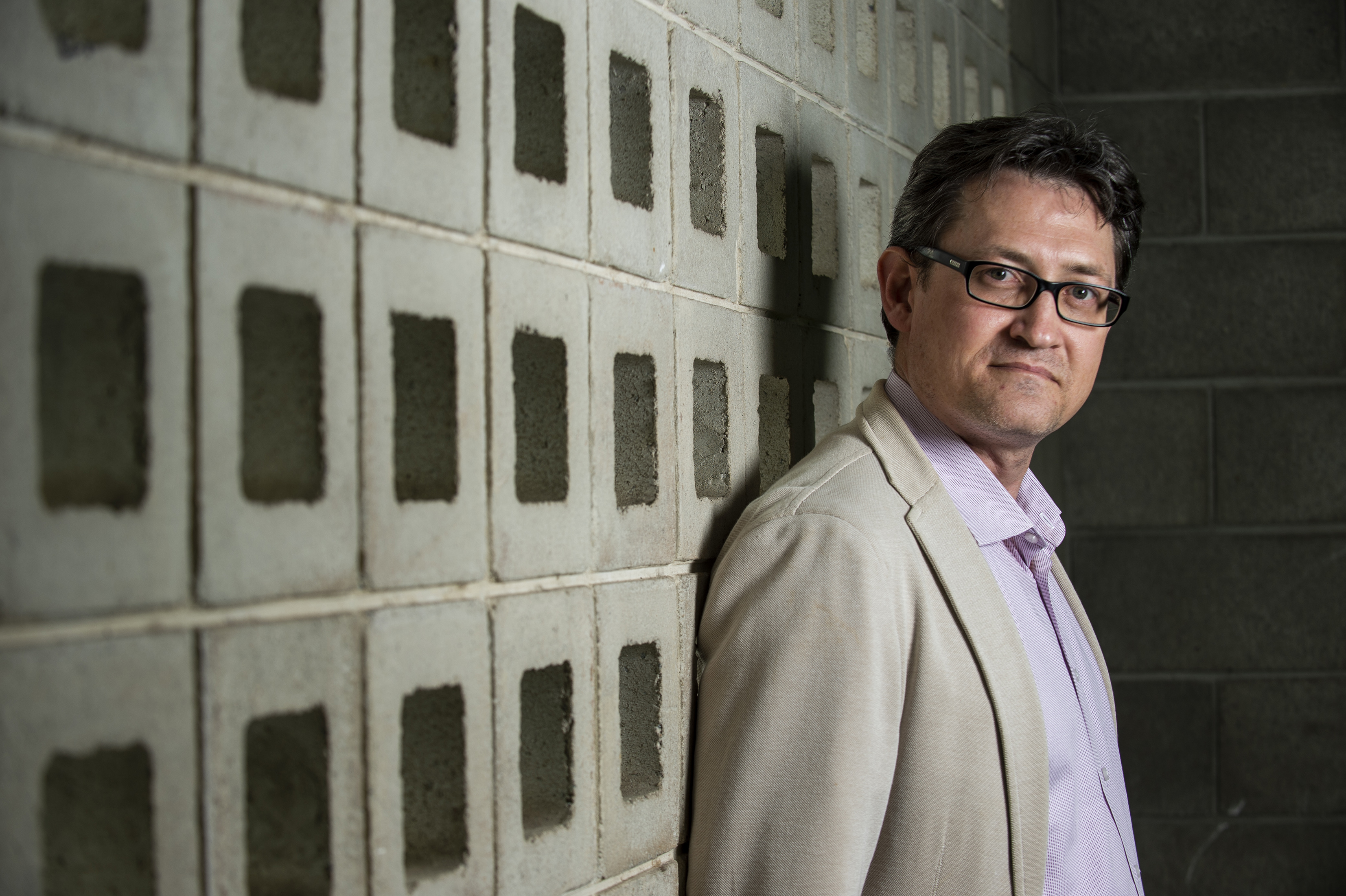
It took eight years of dedicated research into the structural health of bridges – and building the world’s most complex model of a truss bridge – to earn QUT engineering lecturer Dr Craig Cowled his PhD this year.
Dr Cowled became the fifth Indigenous man in Australia to receive a structural engineering PhD when he graduated with his doctorate in July.
His PhD research with QUT’s School of Civil Engineering and Built Environment saw him build a giant 8.5 metre-long model of a steel truss bridge that resembled Brisbane’s famous Story Bridge.
With the help of vibration sensors placed on the bridge, he then analysed its performance across a variety of scenarios that weakened the structure.
He combined his experiments with a study of existing research into structural health monitoring (SHM) and concluded that vibration-based damage detection was increasingly difficult to demonstrate on complex bridge models in a lab, let alone structurally complex operational bridges in the real world.
Australia has more than 35,000 bridges with an annual maintenance bill greater than $100 million and an estimated replacement cost of approximately $16 billion.

Photo by Steve Christo/Corbis via Getty Images.
Dr Cowled said bridge owners needed to be realistic about the capability of SHM and remain diligent about regular testing, visual inspections and maintenance.
“There are so many variables – construction materials, traffic load, weather, seismic activity, corrosion and wear and tear, complexity of design – it makes it very difficult to pinpoint damage on a bridge,” he said.
“All bridges have a certain level of vibration and sensors on a ‘healthy’ bridge can capture this ‘vibration signature’ as a benchmark for future testing. Damage to the bridge changes how it vibrates, and sensor data can help engineers work out, in theory, where the damage is and how bad it is.
“SHM systems offer promising technology, but the greater the complexity of the bridge design, the harder it is to interpret the vibrations with sufficient accuracy. Even so, SHM systems can monitor bridge performance in real-time, allowing bridge engineers to identify whether the structure is performing within healthy limits.”

Photo by Strobridge & Co./Buyenlarge/Getty Images.
Dr Cowled graduated from QUT in 2006 with a Bachelor of Civil Engineering and worked as a site engineer and structural engineer before commencing his PhD at QUT in 2009 and later also becoming a lecturer.
The father of four’s PhD studies received a major setback early on in 2013 when he was badly injured in a crash while cycling to work and had to have his broken hip bolted back together.
Dr Cowled credits his wife Natalie with providing unwavering support during his PhD journey and said his parents had encouraged a love of learning from a young age.
In the acknowledgements at the front of his PhD thesis, he also paid tribute to his maternal grandfather, Les Ridgeway, who was an elder of the Maiangal clan of the Worimi nation.

“Despite having a poor education, my grandfather consistently promoted the importance of education in improving the future for Australia’s Indigenous people,” Dr Cowled said.
“His strength of will, determination to rise above his disadvantage and his vision for Indigenous Australians has inspired me to pursue higher education.”
Dr Cowled said he had also learnt perseverance from his English ancestors, John and Sarah Cowled, “the children of two flour milling families in Kent, who were among Australia’s first boat people” and among Adelaide’s first wheat farmers.
QUT Media contacts:
- Mechelle McMahon, media@qut.edu.au
- Rose Trapnell, media@qut.edu.au or 0407 585 901 (including after hours)




